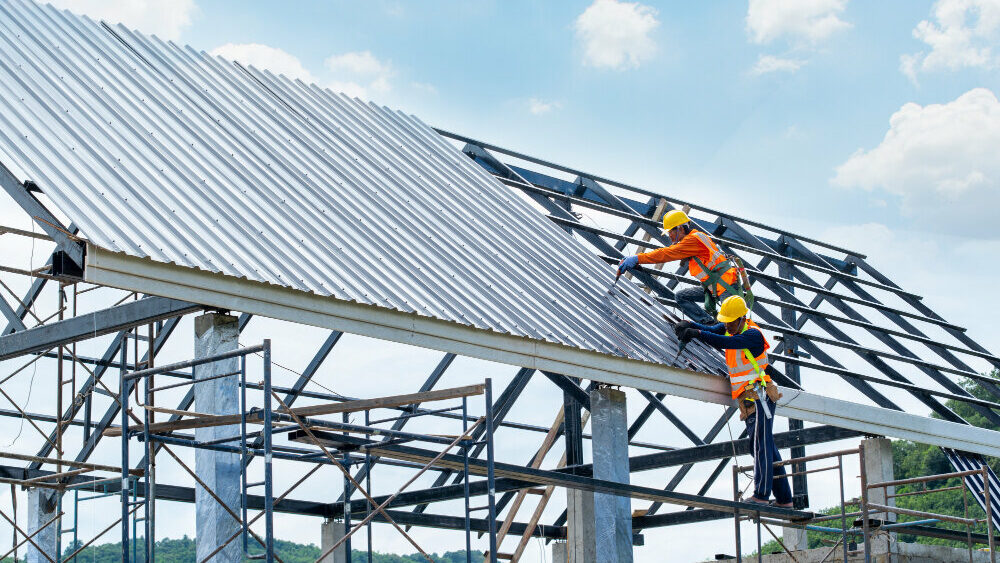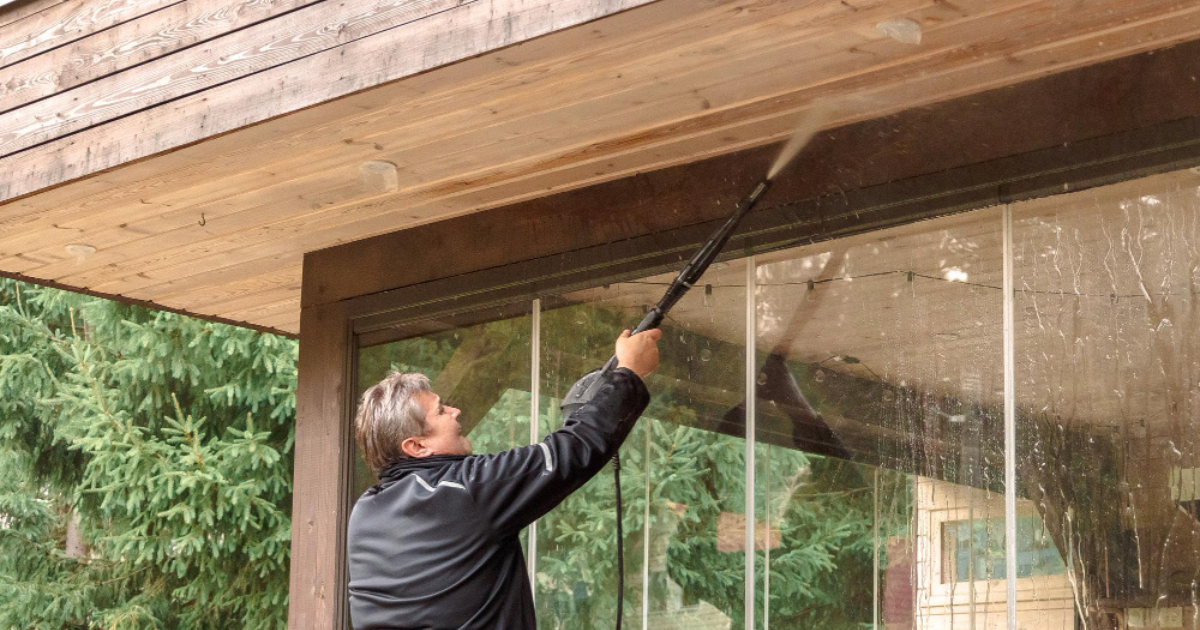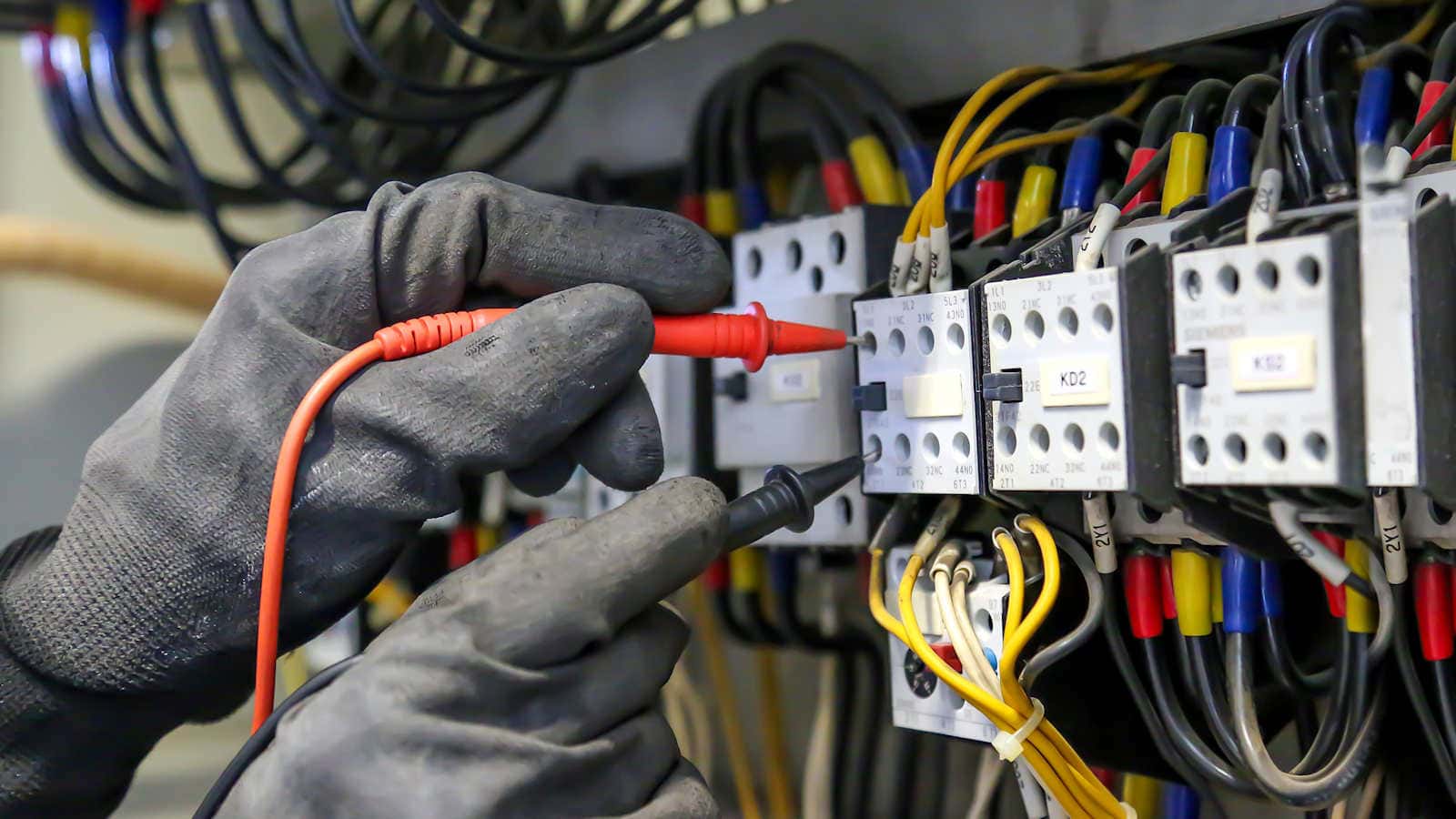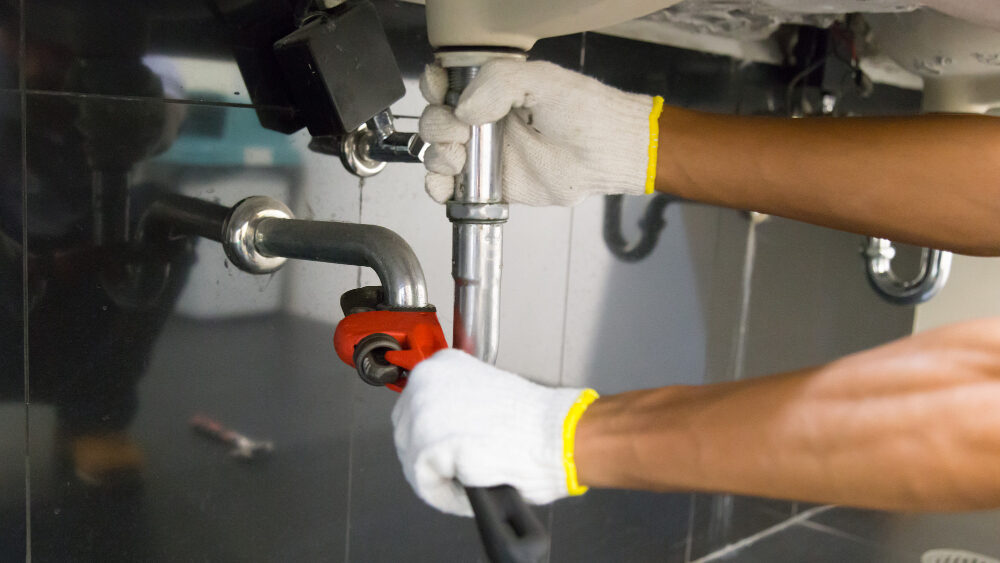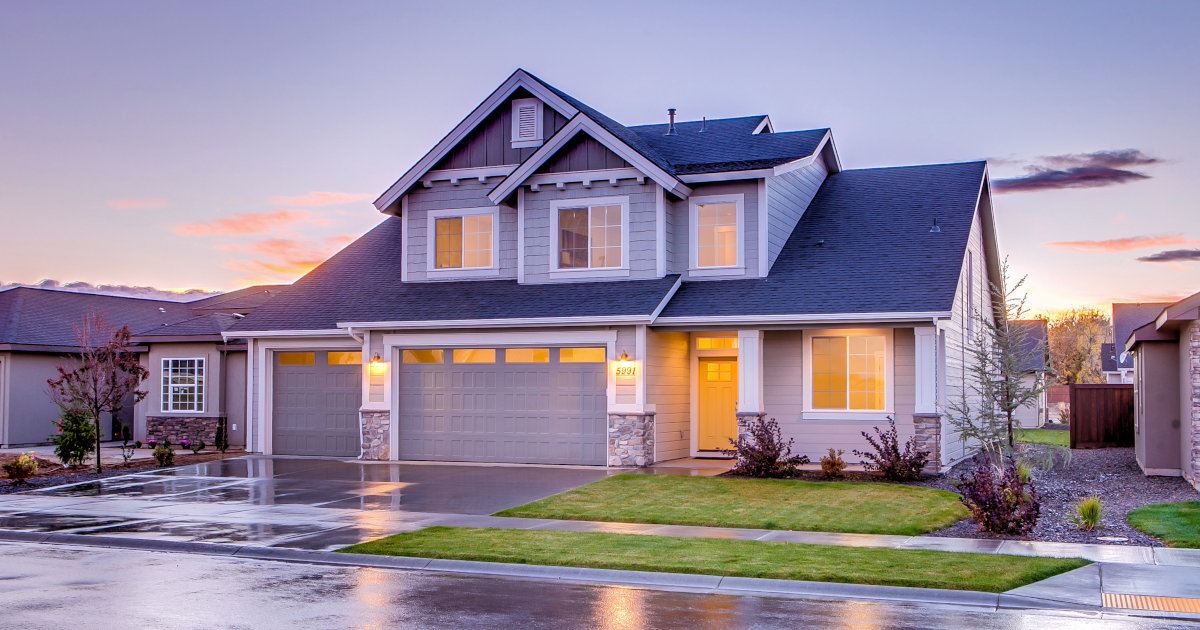Your roof is your first line of defense against the elements, so keeping it in excellent shape is critical to keeping your house safe and secure. However, like any other part of your house, your roof can experience problems that require immediate attention. Ignoring these issues can lead to more significant problems, costing you time, money, and even endangering your family’s safety.
In this blog post, we’ll be discussing the seven most common roofing problems that homeowners face and providing practical solutions to fix them. Whether it’s a leaky roof, damaged shingles, or a clogged gutter, we’ve got you covered. Not only will we be looking at the solutions, but we’ll also delve into the root causes of these issues and how to prevent them from happening in the future.
We understand that roofing problems can be daunting, especially for homeowners who are not familiar with the technicalities of roofing. That’s why we’ve made it our mission to provide you with clear and concise information that you can easily understand. We’ll be breaking down each issue into simple terms to ensure that you have a good grasp of the problem and the solution.
Our goal is to empower you to take control of your roofing problems and ensure that your roof stays in excellent condition. By following our solutions, you can save yourself from costly repairs and extend the lifespan of your roof.
So, if you’re ready to learn about the most common roofing problems and how to fix them, then read on! We guarantee that by the end of this blog post, you’ll be more confident in dealing with roofing issues and protecting your home.
Roofing Problem #1: Leaks
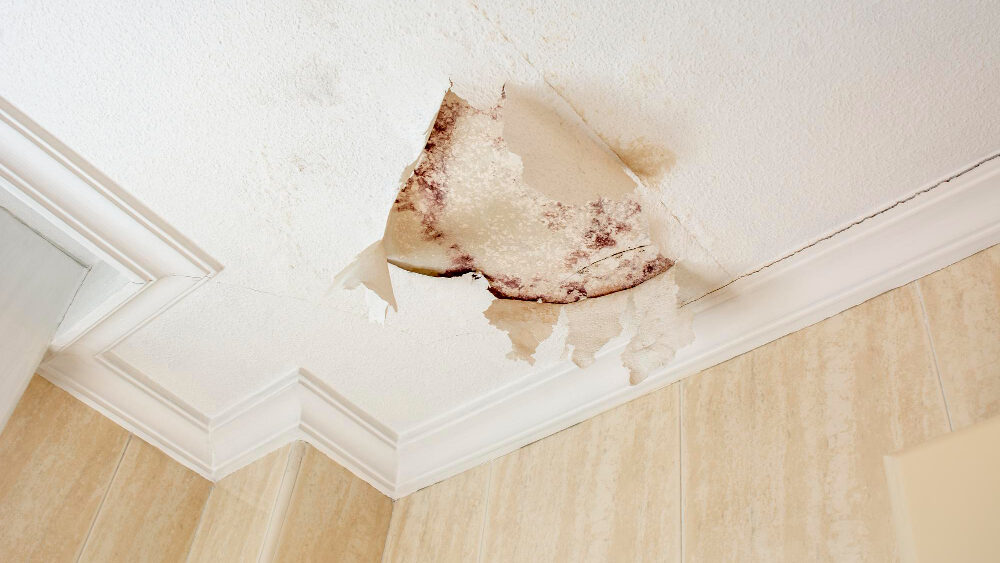
Leaking roofs are a common problem that many homeowners face. They can be caused by missing shingles, worn-out sealant, damaged flashing, or a variety of other factors. However, there’s no need to panic when you notice a leak because it’s a problem that can be fixed.
One of the main causes of leaks is missing or damaged shingles. These are the individual pieces of material that make up your roof, and when one is missing or damaged, water can easily seep through. Another common cause of leaks is worn-out sealant around areas such as chimneys or vents. Sealant is used to keep water out of these areas, but it can wear out over time.
Damaged flashing is another cause of leaks. Flashing is the metal or plastic material that is used to seal off areas where the roof meets a wall or chimney. If it becomes damaged or rusted, water can easily find its way through.
Fortunately, fixing a leaky roof is not a difficult task. If the cause of the leak is a missing or damaged shingle, it can be easily replaced. If the sealant has worn out, it can be reapplied. If the flashing is damaged, it can be replaced as well.
To fix a leaky roof, start by identifying the source of the problem. Once you have identified the cause, you can begin to patch the damaged area or replace damaged shingles or flashing. If you’re not comfortable doing it yourself, it’s best to call in a professional roofing company to handle the job.
While leaks can be a frustrating problem for homeowners, they are not insurmountable. By identifying the cause of the leak and taking the necessary steps to fix it, you can have your roof back in top condition in no time. Remember, a little bit of prevention can go a long way toward avoiding leaks in the first place. So, keep your roof well-maintained, and you’ll be able to enjoy a dry and comfortable home for years to come.
Roofing Problem #2: Missing or Cracked Shingles
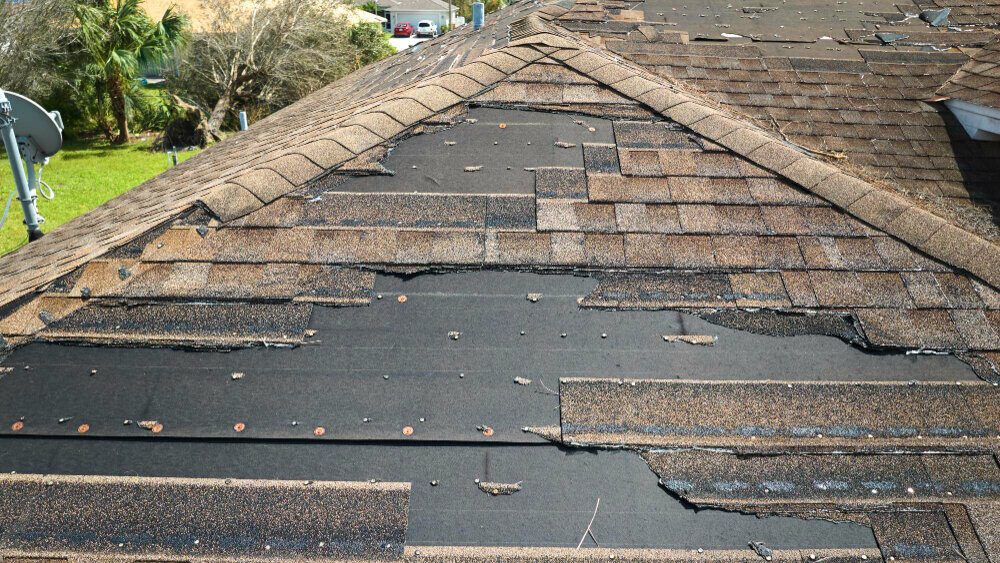
Missing or cracked shingles may seem like a minor issue, but they can lead to major problems if left unaddressed. Shingles serve as the first line of defense for your roof, protecting it from the elements and keeping your home safe and dry. When shingles are missing or damaged, however, your roof becomes vulnerable to leaks, water damage, and even mold growth.
But fear not! Replacing missing or cracked shingles is a task that can be easily accomplished with a little know-how and some basic tools. First, locate the damaged shingles, which may be obvious if they are missing or visibly cracked. Once you have identified the affected area, carefully remove the damaged shingle by prying it up with a flat bar. Be sure to work slowly and carefully, as you do not want to damage the surrounding shingles.
Once the damaged shingle has been removed, it’s time to install a replacement. Start by measuring the size of the missing or damaged shingle and cutting a new shingle to fit. Then, slide the new shingle into place, making sure it is properly aligned with the surrounding shingles. Finally, secure the new shingle in place with roofing nails, and seal the edges with roofing cement to prevent water from seeping in.
It’s important to note that while replacing a few shingles may seem like a simple task, it should only be attempted by those with experience in roofing or with the assistance of a professional. Improper installation can lead to further damage to your roof and even compromise the structural integrity of your home.
Missing or cracked shingles may seem like a small issue, but they can quickly become a big problem if left unaddressed. By taking the time to properly replace damaged shingles, you can protect your home from leaks and water damage and ensure that your roof stays strong and secure for years to come.
Roofing Problem #3: Moss and Algae Growth

Moss and algae may seem like harmless greenery, adding a touch of nature to your roof, but they can actually cause significant damage and affect your roof’s appearance. Moss and algae growth on your roof can lead to cracks, leaks, and other costly damages. Moreover, it can make your roof look unappealing and unkempt.
However, there’s no need to worry as there are solutions to remove moss and algae growth from your roof. One option is to use a moss-killing solution, which can be purchased from a local hardware store. These solutions are designed to kill and prevent moss and algae growth on your roof. They come in a spray bottle, which makes it easy to apply the solution to your roof. It’s important to follow the manufacturer’s instructions carefully to ensure the solution is used effectively.
Another option is to use pressure washing to remove the moss and algae from your roof. This method involves using a high-pressure water stream to blast away the moss and algae. It’s important to note that pressure washing can be a dangerous task and should only be done by a professional. They will have the necessary equipment and knowledge to safely and effectively remove the moss and algae from your roof.
In addition to removing the moss and algae, it’s also important to prevent future growth. This can be achieved by trimming surrounding trees and removing debris from your roof. This will prevent moisture from building up and creating an environment for moss and algae to thrive.
While moss and algae growth may look charming at first, they can cause significant damage and affect the appearance of your roof. However, with the right tools and knowledge, you can remove the growth and prevent future damage. Keep your roof in top shape and enjoy the beauty of your home for years to come.
Roofing Problem #4: Ice Dams
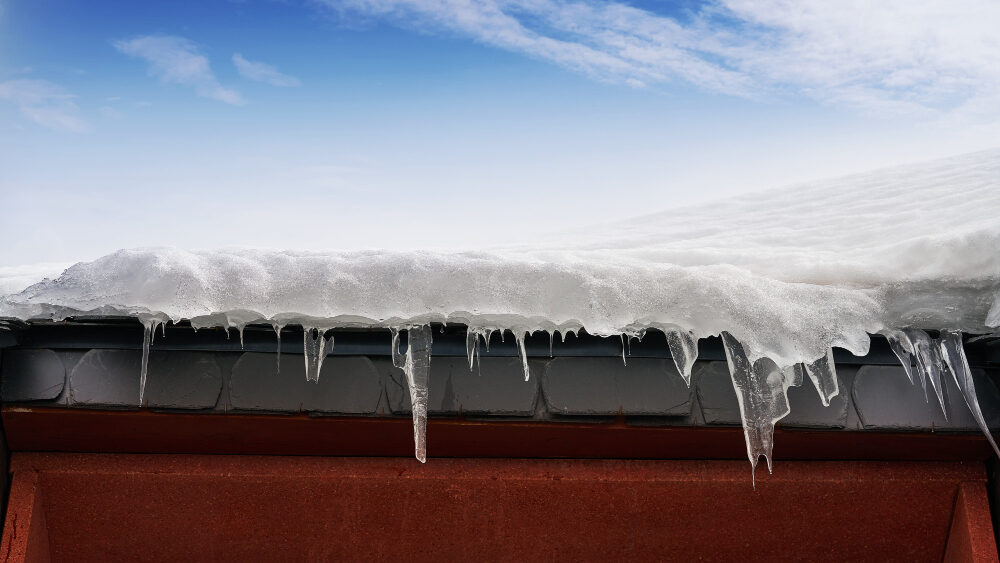
Ice dams may look beautiful, but they can cause some serious damage to your roof and home. These icy formations can form when snow accumulates on your roof, then melts and refreezes, causing a buildup of ice along the roofline. This buildup can cause water to back up under your shingles and into your home, leading to leaks and water damage.
To prevent ice dams from forming, it’s important to improve your attic’s insulation and ventilation. A well-insulated and ventilated attic will keep the warm air inside your home from escaping into your attic and melting the snow on your roof. Proper insulation will also help keep your home warm and reduce your energy bills during the winter months.
Another way to prevent ice dams is to remove snow from your roof. This can be done with a roof rake or by hiring a professional to remove the snow for you. Removing the snow will prevent it from melting and refreezing, which can cause ice dams to form.
If you do notice an ice dam forming on your roof, it’s important to take action to prevent further damage. You can do this by using a roof rake to remove any snow and ice buildup or by hiring a professional to remove the ice dam for you. It’s also important to address any leaks or water damage caused by the ice dam, as these can lead to further issues down the road.
Preventing ice dams requires a combination of proper insulation and ventilation, as well as regular snow removal from your roof. By taking these steps, you can protect your home from damage and keep your family safe and warm all winter long. So be sure to keep an eye on your roof this winter and take action if you notice any signs of ice dam formation.
Roofing Problem #5: Poorly Installed Underlayment
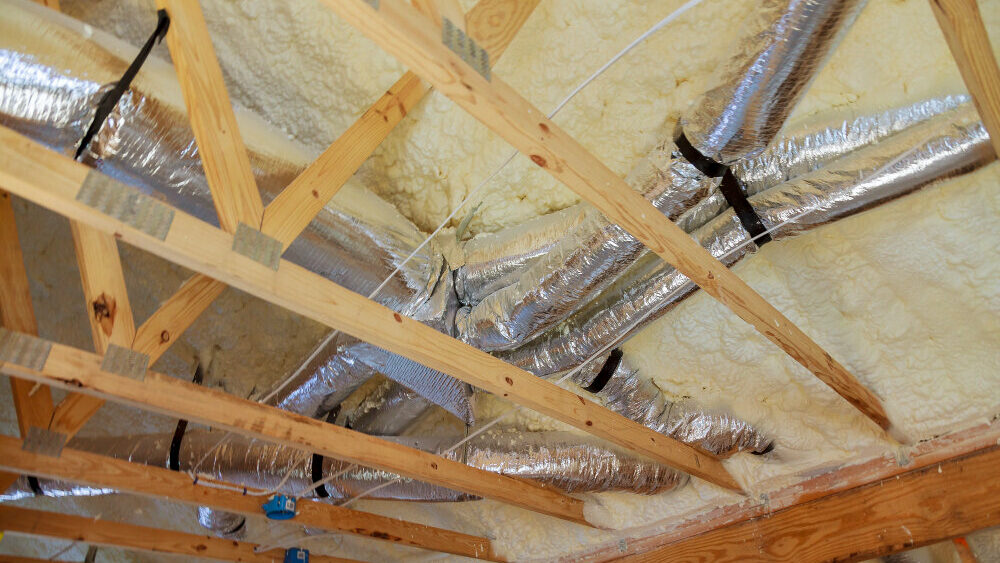
Poorly installed underlayment is a common problem that many homeowners face when it comes to maintaining the stability and durability of their roofs. Underlayment is a crucial component of any roofing system, as it acts as a protective layer between the roof deck and the shingles, preventing water and moisture from seeping through and causing damage.
However, when underlayment is installed improperly, it can lead to a host of issues that can compromise the integrity of the entire roofing system. One of the most common problems associated with poorly installed underlayment is leaks. When water is able to seep through the underlayment, it can cause damage to the roof deck, shingles, and even the interior of your home.
Another issue that can arise from poorly installed underlayment is mold and mildew growth. Moisture that is able to penetrate the underlayment can create the perfect conditions for mold and mildew to thrive, which can lead to health problems for you and your family.
Fortunately, fixing underlayment issues is relatively simple. The first step is to identify the problem areas, which may involve a thorough inspection of your roof. Once the problem areas have been identified, the underlayment can be replaced and properly installed to ensure that it provides the necessary protection for your roof.
Proper installation of underlayment involves ensuring that it is evenly distributed across the roof deck with no gaps or overlaps. It’s also important to use the right type of underlayment for your roofing system, as different materials may be better suited for different climates and conditions.
By addressing underlayment issues promptly and ensuring that it is properly installed, homeowners can avoid the headaches and expenses that come with roof leaks and other roofing problems. With a little bit of attention and care, you can keep your roof in top shape for years to come.
Roofing Problem #6: Storm Damage
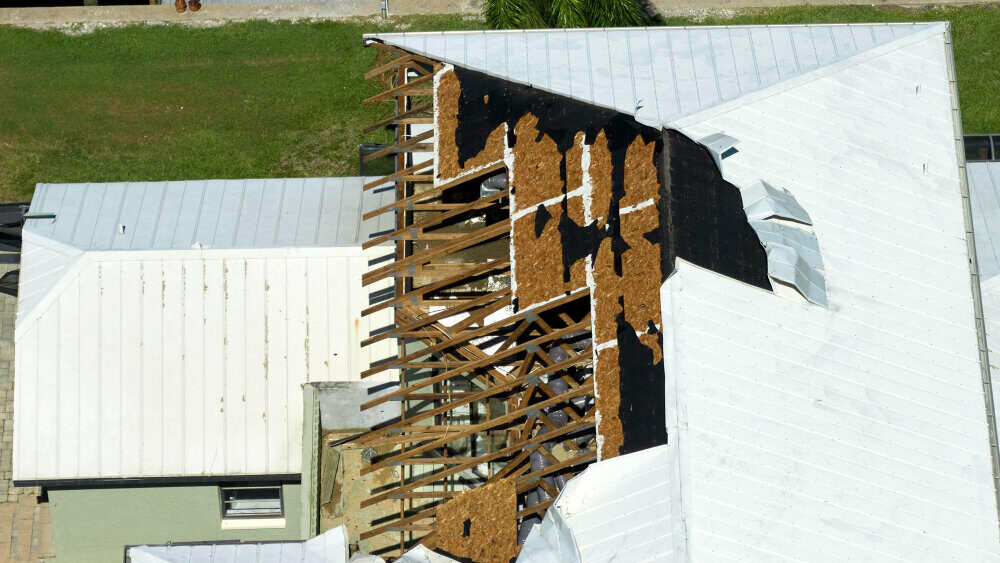
Storms are natural occurrences that can bring about both awe-inspiring beauty and unfortunate destruction. In their wake, they can leave a trail of damage that can be devastating to homes, businesses, and communities. One of the areas that can be severely impacted by storms is the roof of your home.
Roofs are the first line of defense against the elements, and when a storm hits, they can suffer from a variety of issues. Missing shingles, leaks, and dents in metal roofing are some of the most common problems that can arise. Missing shingles can leave your roof vulnerable to further damage, while leaks can lead to water damage inside your home. Dents in metal roofing can compromise the integrity of the roof, which can lead to more severe issues in the future.
If you suspect that your roof has been damaged by a storm, it is essential to address the issue promptly. Ignoring the problem can lead to more significant issues down the line, which can be more costly and time-consuming to fix. Depending on the type and extent of the damage, there are several ways to address it.
For missing shingles, replacement is often the best course of action. This entails removing the damaged shingles and replacing them with new ones. For leaks, patching the damaged area may be enough to stop the water from entering your home. If the damage is more extensive, you may need to replace the entire roof.
Repairing dents in metal roofing can be a bit more complicated. Depending on the severity of the dent, it may be possible to repair it without replacing the entire panel. A qualified roofing contractor can inspect the damage and advise you on the best course of action.
Storms can cause significant damage to your roof, but it is possible to address the issue and restore your home’s protection. By taking prompt action and working with a reputable roofing contractor, you can ensure that your home stays safe and secure, no matter what Mother Nature throws your way.
Roofing Problem #7: Tree Damage
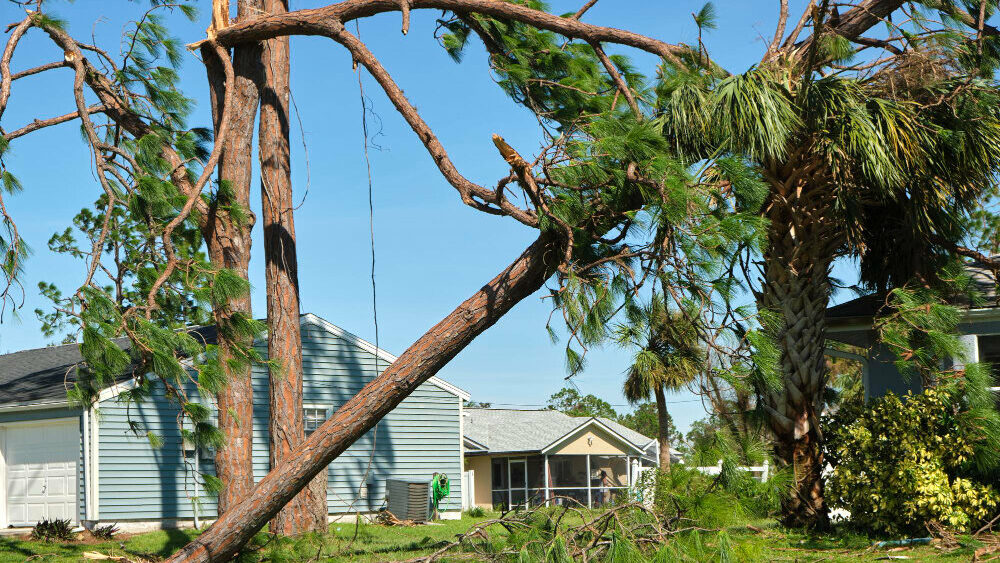
Trees are undoubtedly beautiful and provide a sense of calm and peace. They offer shade and can even increase the value of your property. However, as much as we love them, trees can be a source of damage to our roofs and homes. The damage caused by trees can range from minor scratches to serious structural damage that can cost thousands of dollars to repair. It’s important to understand the potential risks and take preventive measures to minimize tree damage.
One of the most common ways that trees can damage your roof is through falling branches. Strong winds or heavy snow can cause branches to break and fall onto your roof, causing damage to shingles, gutters, or even the structure of the roof. In addition, trees can also cause damage by rubbing against the roof. Over time, this can cause shingles to wear out or even create holes, which can lead to leaks and even water damage.
To prevent tree damage, it’s important to assess the health of the trees on your property. If you notice any dead or diseased branches, you should have them removed before they become a hazard. You should also make sure that the branches of your trees are not touching your roof. If they are, it’s best to have them trimmed back to prevent any potential damage.
It’s also important to keep your gutters clean and free of debris. Clogged gutters can cause water to back up onto your roof, which can lead to water damage and even mold growth. By keeping your gutters clean, you can prevent any potential damage caused by water.
If you do experience tree damage to your roof, it’s important to address it as soon as possible. The longer you wait, the more damage can occur. Contacting a professional roofing contractor is the best way to assess the damage and determine the best course of action.
Trees can be a source of beauty and peace, but they can also cause significant damage to your roof if not properly maintained. By taking preventive measures and addressing any damage as soon as possible, you can minimize the risk of tree damage and protect your home.
Summary
Protecting your home from the elements is critical, and your roof is the first line of defense. Unfortunately, there are several common roofing problems that homeowners face, including leaks, missing or cracked shingles, moss and algae growth, ice dams, poorly installed underlayment, storm damage, and tree damage.
While these problems may seem daunting, there are practical solutions that can fix them. For example, if you’re dealing with a leaky roof, identify the source of the problem and patch or replace the damaged area. If you’re dealing with moss and algae growth, use a moss-killing solution or pressure washing to remove it and prevent future growth.
Preventing these problems from happening in the first place is also crucial. Regular maintenance, such as trimming surrounding trees and removing debris from your roof, can prevent moisture buildup and create an environment for moss and algae to thrive. Improving insulation and ventilation can prevent ice dams from forming, while properly installing underlayment can prevent leaks and mold growth.
If you do experience storm or tree damage, it’s important to address it promptly to prevent further damage or compromise to the structural integrity of your home.
By understanding these common roofing problems and their solutions, homeowners can take control of their roofing issues and ensure that their roofs stay in excellent condition. With a little bit of prevention and maintenance, you can protect your home and extend the lifespan of your roof.
